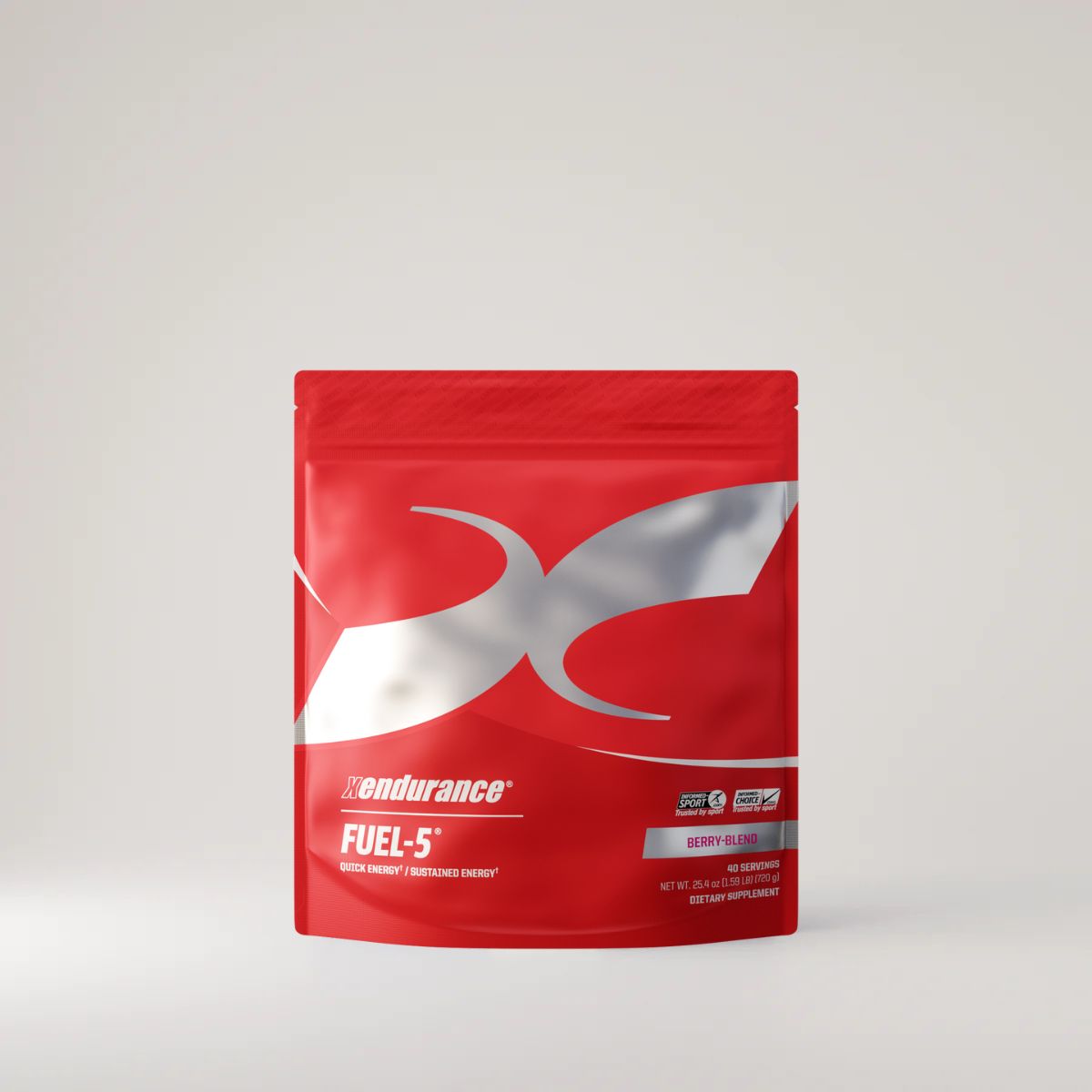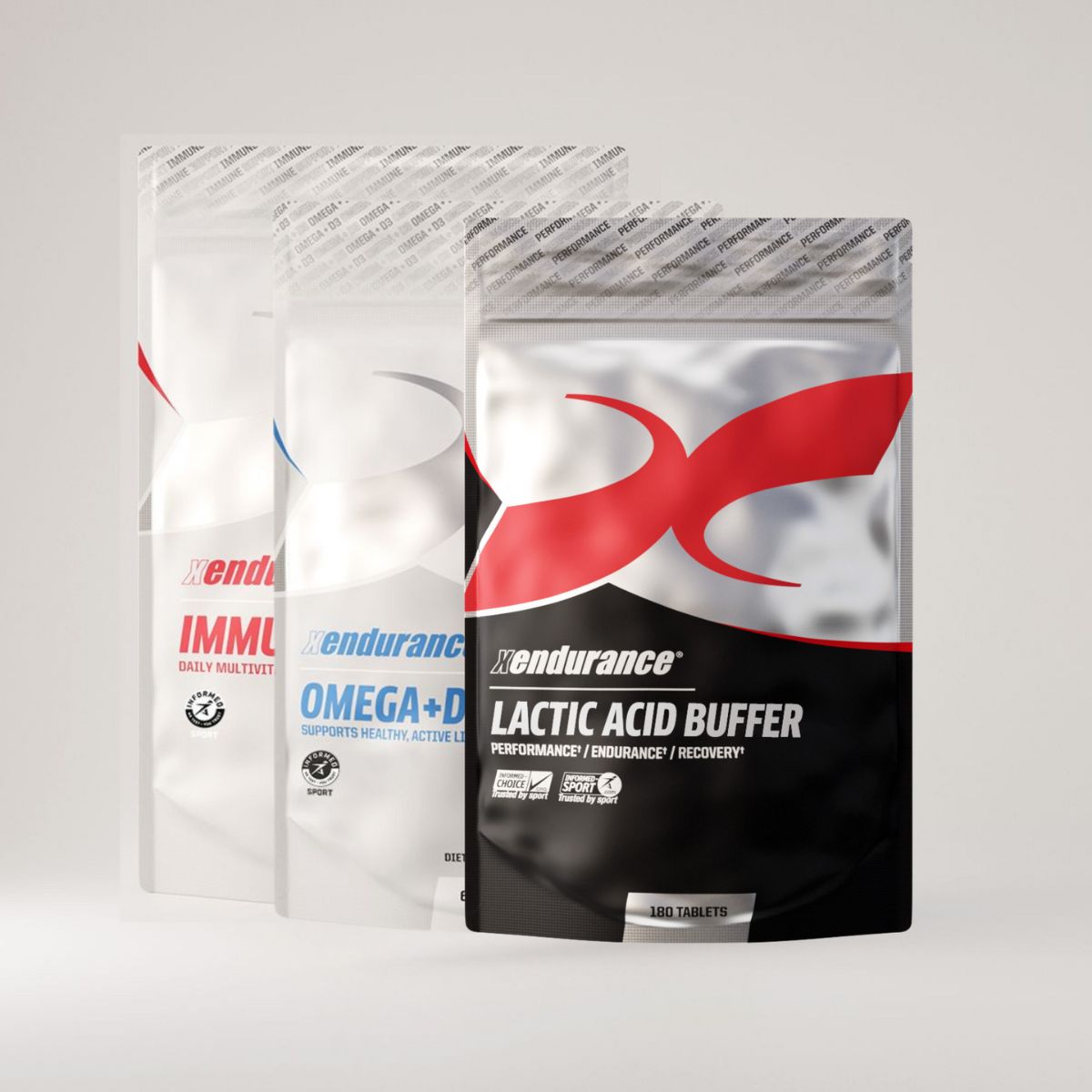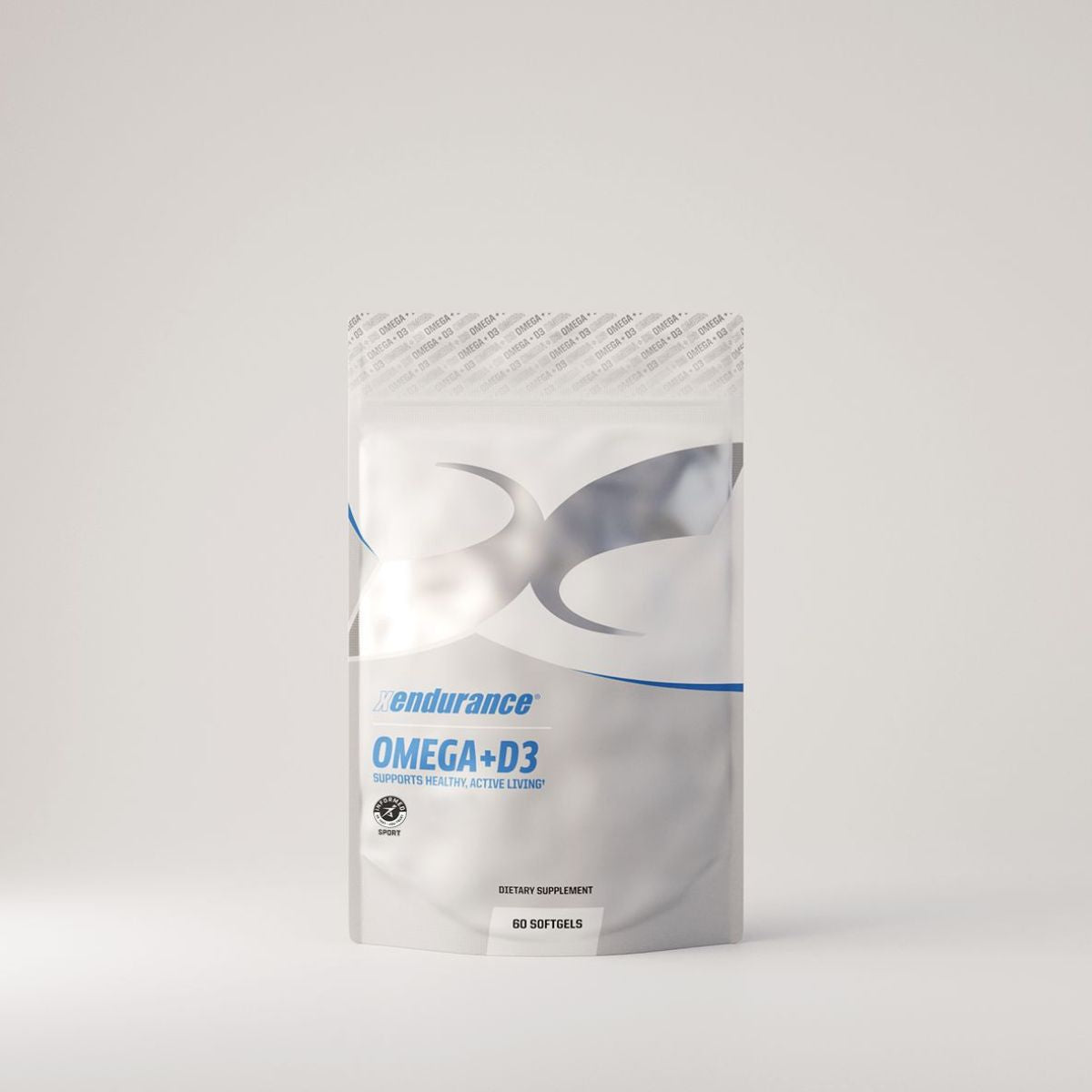Thinking about it, I’ve probably lost more long runs and races to my gut than to my legs. You know that moment when you’re 12K into a steady run or 70 minutes into a ride, and everything physically feels fine… but your stomach starts sending warning shots. Cramp, nausea, sloshing, and the panic of an urgent bathroom hunt. Where your mind is willing, the engine is ready, but the gut—what endurance athletes call GI, or gastrointestinal, distress slams on the brakes. Game over. And the worst part? It feels so avoidable.
For years I thought GI issues were just bad luck. Now I know better: they’re predictable, preventable, and 90% of the time, they come down to how you fuel.
We train our lungs. We train our legs. But very few of us ever train the one system that actually absorbs the energy we’re trying to use, namely our gut. The athletes who figure this out don’t just go longer, they go freer. No fear of gels, no mid-run panic, just steady performance. That’s gut-smart endurance.
So why does the gut freak out in the first place? We’re here to let you know it’s not random. When you’re working hard, blood gets redirected toward your muscles and away from digestion. High heart rate + low blood flow = slow gastric emptying. Add in dehydration, stress, and the fact that most fuelling products are just straight sugar syrup, and you’ve got a perfect storm. Your stomach isn’t the problem, your fuelling strategy is.
Most people assume GI distress is about eating too much, but more often, it’s about what you’re putting in and how it gets absorbed. Carb sources matter, so too does concentration and timing, and this is where a little knowledge changes everything.
Let’s start with carbs. Glucose is fast but uses a single pathway in the gut. Fructose is also fast but uses a different one. Maltodextrin is technically a complex carb, but it breaks down quickly and is easier on the stomach. Truly complex carbs release slower and create a steady drip of usable energy. If you only use one carb source, the transporter (if we can call it that for the sake of this article) in your gut gets overwhelmed. Think of it like only one checkout line being open in Sainsbury’s with a hundred people waiting. Pretty painful, right? But if you use multiple carb types, you open more lanes and absorb more efficiently without the gut overload.
Then there’s (I found this out to my absolute delight while writing this piece) what is called ‘osmolality’, which is essentially how “thick” or concentrated something is. If your sports drink or gel is syrupy, your gut has to pull water from your bloodstream to dilute it before it can even absorb it. That’s valuable hydration being dragged into your stomach instead of your muscles. High osmolality = slower digestion, more sloshing, more cramps. And ironically, a lot of popular fuelling products (insert images in your head of that particular shelf at the supermarket) are basically dessert in a packet. Most of the chats we’ve had about those here at Xendurance HQ always end with the same note: no wonder they wreck people.
Finally, the big one: most athletes never practice race-day fuelling in training. We think “I’ll just take gels on race day.” Except, your gut isn’t used to processing carbs at high heart rate. It panics. The solution? Train it. Just like you’d progress from 5K to 10K to half marathon, you build your fuelling tolerance slowly. I start with 20–30g carbs an hour in training and increase gradually. Teach your gut what’s coming. The pros do this. That’s why they can take on 90+ grams of carbs an hour without disaster. I’m not sure I’d be keen on the Alan Shearer chicken and beans combo though, but evidently it worked for him at Blackburn!
Now, this is where I genuinely love that the Xendurance lineup was built with physiology in mind, not just hype or sugar content. Fuel-5 became my go-to because it actually respects the gut. It uses a blend of carb sources so you’re not hammering one pathway, and it delivers energy in a steady wave instead of dumping sugar into your system. It’s light, not syrupy, which means low osmolality (check me out!) and quicker gastric emptying. On any run or ride over an hour, I sip Fuel-5 and never get that heavy stomach feeling I used to get from traditional carb drinks. It feels more like nutrition than fuel which is exactly how it should feel, right?
When intensity goes up or I’m simulating race pace, I’ll use Xendurance Energy Gels. What I love is that they’re not just sugar, they’re built with complex carbs so absorption is smoother and more efficient. And because they’re thinner in texture, they don’t sit in your stomach like glue. I can take one at threshold without fear. That alone is worth gold in an event like Hyrox, triathlon, or long-distance running. When you can trust your fuel, you race differently.
Post-session is another big gut moment people get wrong. They smash a heavy whey shake and spend the next two hours bloated. Recovery should feel good, not punishing. That’s why I use Xendurance Protein because it’s clean, light, and easy to digest. I don’t get that “full and sluggish” feeling either, just a smooth refuel that helps me bounce back faster. The difference in recovery quality is massive when your gut isn’t fighting your protein.
And yes, while the stack is built around Fuel-5, Energy Gels, and Protein, hydration plays a huge role too. If you’re dehydrated, everything you take in moves more slowly. Sometimes I’ll use Hydro alongside my fuelling just to make sure absorption stays smooth. And when I’m heading into really intense blocks or racing, I'll stack in Lactic Acid Buffer or Focus for performance because I know my base fuelling is already solid.
The biggest change for me didn't come from a single product, but from a mindset shift: I stopped assuming my gut was the problem and started treating it like a trainable system. Now I rehearse fuelling in training at the same intensity I’ll use in racing. I treat carbs like pacing, where I test, adjust, repeat. When I started to do that, my confidence skyrocketed. It’s hard to explain how freeing it feels to start a long run or ride and know that my stomach isn’t going to ruin it. It actually lets me enjoy the work again and my brain can think about other things (invariably what the kids are eating later or how many meetings I have tomorrow…)
Here’s the truth: endurance isn’t just about how strong or fit you are. It’s about how well your body can deliver, absorb, and use energy while under stress. The gut is the gateway, and when it works, everything works. When it shuts down, quite simply nothing else matters.
So, fuel smarter, train the system. Use products designed with physiology in mind, and don’t wait for race day to figure it out. That, my friend, is leaving it far, far too late.
One of the best feelings in endurance isn’t fresh legs, it’s a calm stomach at mile 20, knowing you’ve still got gears left. I had to add this, it’s a must: if you doubt that previous statement, just tweet Gary Lineker and ask him… enough said.
That’s gut-smart endurance, and once you experience it, you’ll never go back.










Leave a comment
This site is protected by hCaptcha and the hCaptcha Privacy Policy and Terms of Service apply.